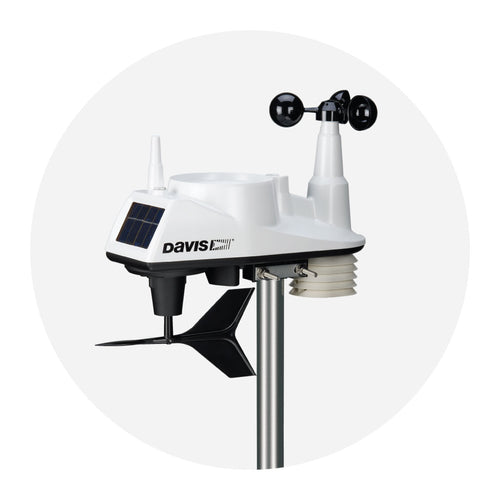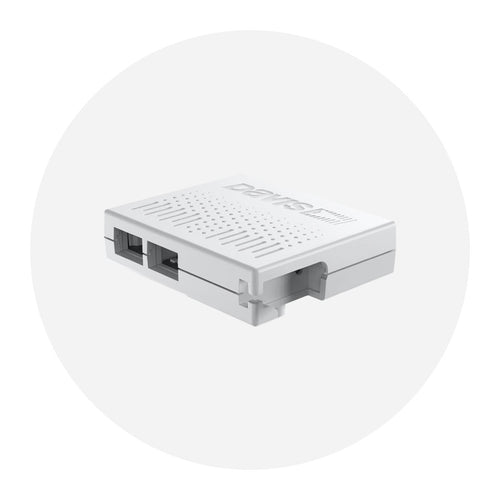A dock line, also known as a mooring line or dock rope, is a rope or line used to secure a boat or watercraft to a dock or other fixed structure. It is an essential piece of equipment for boaters, as it helps to keep the boat in place and prevent it from drifting away or making contact with the dock.
Dock lines are typically made of strong and durable materials, such as nylon, polyester, or polypropylene, that can withstand the forces and stresses placed on them while mooring a boat. They come in various lengths and thicknesses to accommodate different boat sizes and docking configurations.
The primary function of a dock line is to secure the boat to the dock, ensuring it remains in position and providing stability. When properly used, dock lines help to:
Prevent Drifting: Dock lines keep the boat securely tied to the dock, preventing it from drifting away due to currents, wind, or water movement.
Absorb Shock: Dock lines act as shock absorbers, cushioning the boat and reducing the impact of waves, wakes, or sudden movements. They help minimize stress on the boat and dock, protecting them from damage.
Maintain Position: Dock lines assist in maintaining the boat's position relative to the dock, ensuring it stays parallel and at the desired distance. This is important for safe and efficient boarding and disembarking of passengers and cargo.
Provide Stability: Properly tensioned dock lines help stabilize the boat, reducing its movement and rocking while docked. This improves safety and comfort for those on board and minimizes the risk of collisions with other vessels or the dock.
When using dock lines, it's important to follow best practices to ensure effective and safe mooring:
Use Adequate Lines: Choose dock lines of appropriate length, diameter, and strength for your boat size and docking conditions. Consider factors such as boat weight, tidal changes, and weather conditions.
Proper Attachment: Securely fasten one end of the dock line to a cleat or other suitable attachment point on the boat. The other end should be securely attached to a dock cleat or piling.
Proper Placement: Position dock lines at strategic points on the boat to provide balanced and secure mooring. Common attachment points include bow, stern, and amidships.
Tensioning: Adjust the tension on the dock lines to achieve a secure but not overly tight connection. The lines should have some flexibility to accommodate changes in water levels or boat movement.
Regular Inspection: Regularly inspect dock lines for wear, fraying, or damage. Replace any worn or damaged lines to ensure their reliability.
By using properly sized and maintained dock lines, boaters can ensure the safety, stability, and security of their boats while docked, providing peace of mind and protecting against potential damage.




















